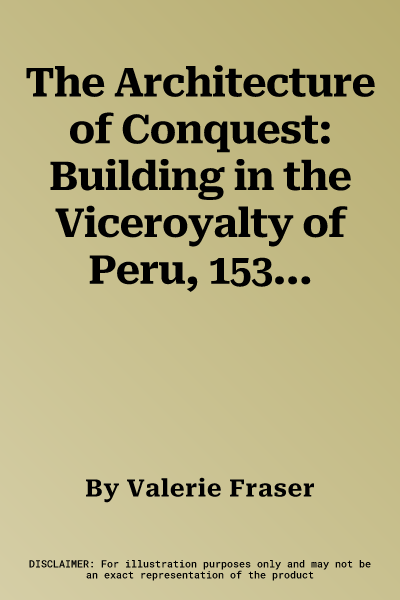Valerie Fraser
(Author)The Architecture of Conquest: Building in the Viceroyalty of Peru, 1535-1635Hardcover, 23 February 1990

Temporarily out of stock
Free Delivery
Cash on Delivery
15 Days
Free Returns
Secure Checkout

Part of Series
Cambridge Iberian and Latin American Studies
Part of Series
Cambridge Studies in Music
Print Length
218 pages
Language
English
Publisher
Cambridge University Press
Date Published
23 Feb 1990
ISBN-10
052134316X
ISBN-13
9780521343169
Description
Product Details
Author:
Book Format:
Hardcover
Date Published:
23 February 1990
Dimensions:
24.69 x
17.4 x
1.8 cm
ISBN-10:
052134316X
ISBN-13:
9780521343169
Language:
English
Location:
Cambridge
Pages:
218
Publisher:
Weight:
616.89 gm